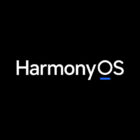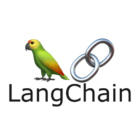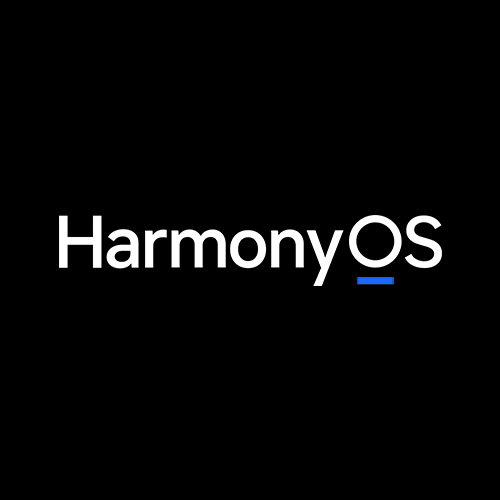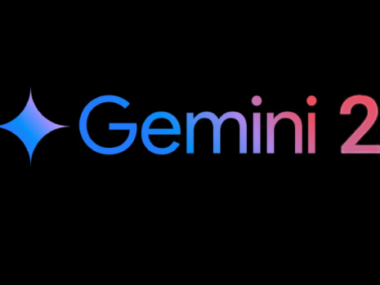1. One OS to Rule Them All
Unlike Android or Windows, HarmonyOS was designed from the ground up as a distributed operating system. Huawei envisions one OS for all devices, enabling:
🔄 Seamless cross-device workflows – Start on your phone, finish on your laptop.
🧠 Smart adaptive UIs – Apps morph to work via touch, mouse, or voice.
🔧 Minimal code changes – The same app scales across phones, tablets, TVs, and now, PCs.
The MateBook X Pro 2024 is the first real-world test of this vision. At first glance, it resembles any premium ultrabook—but beneath the chassis, it’s 100% HarmonyOS, tightly integrated with Huawei’s entire ecosystem.
2. China-First by Design
Huawei’s initial strategy is clear:
🇨🇳 Launch limited to China (May 19, 2025).
🧩 Bundled with Chinese apps – WPS Office, QQ, Tencent Video, etc.
🚫 No Google ecosystem – Instead: Petal Search, AppGallery, HMS Core.
That may satisfy Chinese users, but it raises doubts elsewhere.
Without support for global apps like Spotify, Netflix, Zoom, or Slack, HarmonyOS PCs risk being region-locked in relevance—unless developers help bridge the gap.
Part 2: The Developer Dilemma – Build for HarmonyOS?
1. Why Developers Should Pay Attention
✅ Massive Potential User Base
Over 400 million devices already run HarmonyOS.
The Chinese government is actively promoting Huawei’s ecosystem.
✅ Code Once, Deploy Everywhere
ArkUI makes it easier to create adaptive apps.
Atomic Services allow lightweight functions without full app installs—ideal for IoT.
✅ Optimized Performance & Security
Ark Compiler removes Android’s inefficiencies.
Microkernel architecture reduces attack surfaces and enhances system security.
2. But It’s Not Without Risks
❌ Google-Free = Extra Work
Apps relying on Google APIs, Firebase, or Play Billing require full migration to HMS Core.
No APK sideloading means developers must fully adopt Huawei’s review and store policies.
❌ Uncertain Global Adoption
Huawei hasn’t announced international availability for HarmonyOS PCs.
Monetization options are more limited than Google Play or Apple’s App Store.
Part 3: Should You Build for HarmonyOS?
Here’s a quick decision matrix for developers:
| ✅ Build For HarmonyOS If… | ❌ Hold Off If… |
|---|---|
| Your audience is China-based | Your app relies on Google or Meta APIs |
| You build smart home / IoT apps | You need global monetization now |
| You want early-mover advantage | You require open-source flexibility |
Conclusion: Huawei’s High-Stakes Gamble
The MateBook X Pro with HarmonyOS is more than just a laptop—it’s Huawei’s declaration of digital independence.
For Chinese users, it may represent the next phase of integrated computing.
For the rest of the world, it’s a bold bet worth watching—closely.
For developers?
If you’re targeting China or want a first-mover edge, now’s the time.
If you need global scale or depend on Google tools, proceed with caution.








